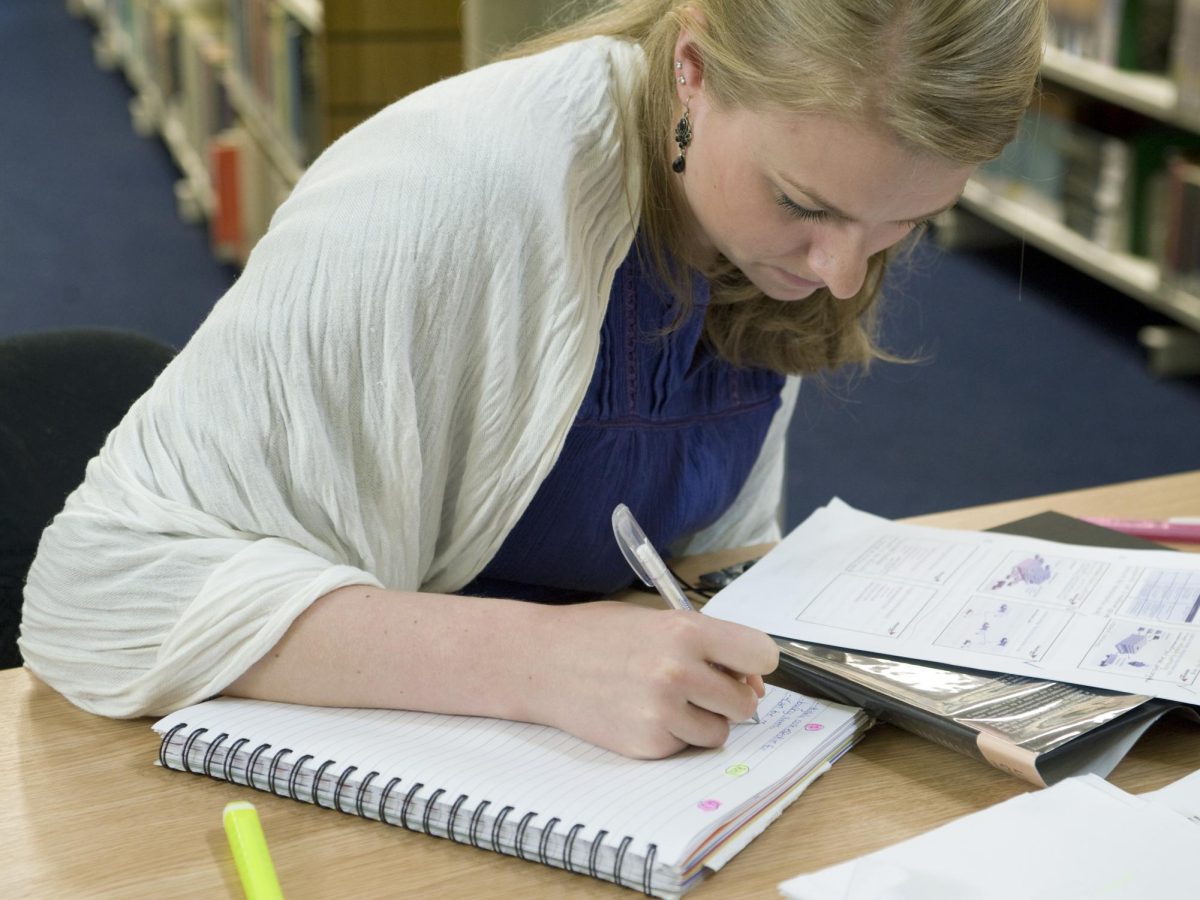Instead of depending on AI such as ChatGPT, which has become popular to help students ‘study’, learn about these tried and true techniques — dating as far back as 300 AD.
Schedule Your Studying In Smaller Increments
By dedicating about 25 minutes to an hour for studying everyday, people can avoid burn out. According to the American Psychological Association, “Decades of research have demonstrated that spacing out study sessions over a longer period of time improves long-term memory.”
“Cramming” information into your brain the night before a test/quiz will not be beneficial because it will keep the information in a person’s short-term memory, instead of their long term memory.
The SQ3R Method
SQ3R is a reading method for understanding, S=Survey, Q=Question, R=Read, R=Recite, and R=Review.
Going over the title of what a person is studying and the structure of the notes/paragraphs helps to organize the mind and create an idea for what questions one may have.
Asking questions helps a person to understand information and to help their mind engage. Reading over notes helps to answer lingering questions, and reciting the information that a person is studying helps put the notes into long term memory. Finally, reviewing is important to make sure there is an understanding of all the information before a test/quiz. According to Texas A&M University’s Academic Success Center, “SQ3R provides guidelines on how to actively engage with texts before, and after you read.”
The Feynman Technique
The Feynman technique is a productive way of understanding information quickly in plain terms. The Feynman technique includes writing the concept a person is studying on the top of a piece of paper and practice explaining/teaching it to somebody else. If a person wrote anything down that was wrong, they can go back and fix the mistakes, and repeat until there are no further mistakes. The Computer Systems Institute described the Feynman technique by stating “on the surface, it can seem somewhat like a paradox – teaching something in order to learn it.”
Making Flashcards
Making Flashcards may seem unnecessary for some, but research shows that it helps stimulate something called “active recall”. Active recall is when a person stimulates their brain for information it needs to remember. It involves having a topic, creating questions on that topic, and then quizzing oneself based on those questions. As stated by Sam Di Sano, “Students who used active recall were able to remember 80% of the new terms compared to the 34% for the control group who passively went back through a series of cards until they remembered everything again.”
Mind Mapping
For visual learners, this method may be effective. Mind Mapping is an organized diagram which represents tasks, words, and objects connected to a subject/concept to help your brain collect and keep information. To create a mind map, write the subject in the middle of a blank piece of paper, add branches to the subject, explore other topics by adding more branches, then add colors and images. According to the National Library of Medicine, the Mind Mapping technique is an innovative and effective method in remembering things better than the routine way of reading texts.
Interleaving Practice
Interleaving is a strategy where students/learners “interleave” multiple subjects while studying to help better their learning abilities and process. Interleaving is a method that helps to learn multiple topics in one day, instead of exclusively studying one topic a day. This is also known as blocked practice. “Prior research has shown that interleaved practice helps learners distinguish to-be-learned materials that are similar,” said researcher Doug Rohrer.


